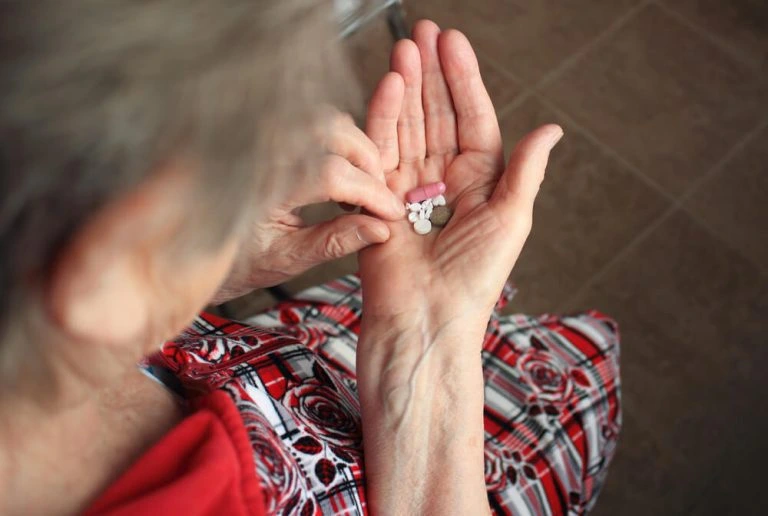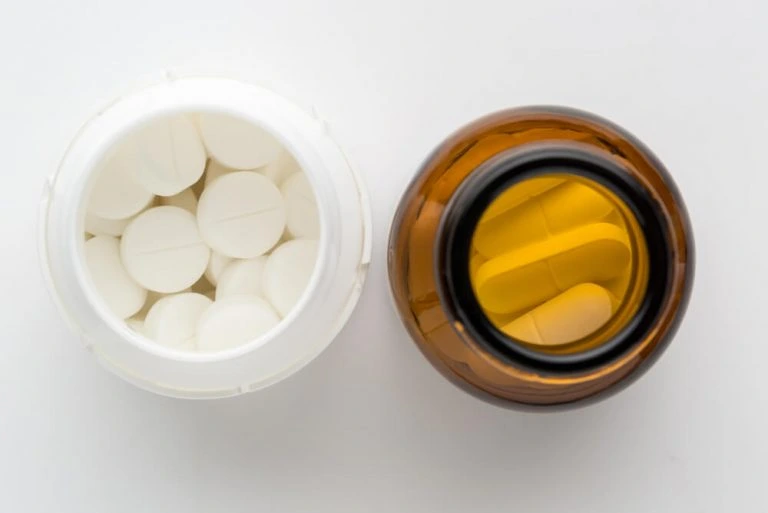Elderly Opiate Addiction Facts
Substance abuse is not just limited to a gender, ethnicity or age. Addiction, especially to opiates such as prescription pain pills, can happen to anyone. The elderly are among the people that are being affected by the opioid crisis. Elderly opiate addiction occurred in as much as 2 percent of the older adult population in 2014.

Elderly Opiate Addiction – What Are The Facts?
In this article, we will discuss senior opioid addiction facts and look at senior addiction treatment.
Causes of Elderly Opiate Addiction
A change in a person’s life can trigger substance abuse if the person has the medication available to them and improper ways of dealing with the added stress. When opiates are used in place of coping skills, then elderly opiate addiction is sure to follow.
The following are some of the leading causes of elderly opiate addiction:
- Financial stress or severance of income
- A death of a loved one, such as a pet, a family member or a friend
- Retirement
- Insomnia
- Relocating to a nursing home
- A decline in the person’s mental health, leading to problems such as memory loss or depression
- Conflict within the family
Facts about Senior Opioid Addiction
The abuse of opiates is expected to double by 2020, compared to data from 2004. As much as 1.2 percent of the elderly population abused opioids in 2004.
The misuse of opioids among the elderly reached their highest levels in over a decade in 2014, even though the misuse of the substance lowered in the young adult population.
In 2012, every day saw around six new admissions to rehab facilities by the elderly. In the previous year, an average day had as many as 118 emergency room visits for substance abuse in the 65 and older age group. 80 percent of these cases were directly related to opioid pain relievers. In 2014, 13 states reported the highest admission rates in their inpatient programs were for people over the age of 65.
Additional Risks Involved
A person over the age of 65 has a slowed metabolism. This causes them have a decreased ability to metabolize certain substance such as drugs or alcohol. They also feel a greater effect when they use these substances. Because of this, the risk factors that an average person has are increased when an elderly person abuses opiates and other substances.
Senior Addiction Treatment
As a senior, the same options are available when it comes to addiction treatment. Since withdrawal can be more dangerous due to the person’s age, it is important that they have around-the-clock care to ensure that medical concerns are handled effectively. Furthermore, a rehab is able to reduce the symptoms of withdrawal by given the elderly person medication. Once the person has recovered from most of the severe symptoms, they can move onto their therapy.
Since it is likely that the addiction started due to inadequate coping skills, helping the person learn new ways to deal with the stress that they feel in their old age is crucial. Providing them with these coping skills and relapse prevention strategies will allow them to better cope with the issues as they arise in their future.
Inpatient is the preferred way to treat an opiate addiction because it leaves no room for relapse. The person stays at the facility for the whole treatment process. If they feel that they still need help for when they leave, they can either take part in an outpatient program or they can go to support groups, or a combination of both.
If you or a loved one is struggling with addiction, get help right away. Make a phone call that will connect you to a professional drug treatment center. The call you make may save your life or the life of someone you love. Call us today at (800) 429-7690.





